
Picking out a pair of glasses can be a daunting task. It is a fashion choice that will be worn almost every day. Choosing frames is about more than finding the right style, it is about finding a pair that also complements the face. Certain types of frames will look best on different face shapes. Identifying your face shape can help find the right glasses.
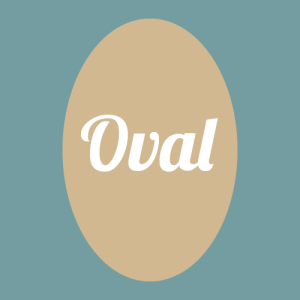 Oval
Oval
The Face Shape: Oval face shape has symmetrical width in the forehead, cheeks, and jaw. The length is typically close to equally one and one half times the width of the face.
The Glasses: Oval has been referred to as the most versatile face shape. Due to its symmetry and balance, it is well suited for almost any style of frames. Oval faces are well suited for bold frames, even oversized, that have unique styles. Oval faces can also easily fit with more simplistic, classic styles as well.
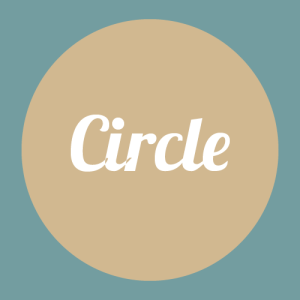 Circle
Circle
The Face Shape: Circle, also known as round, is symmetrical in length all around the face and has smooth, curved lines. The jaw, cheeks, and forehead all have the same width while the length of the face is also close to the width. Circle faces commonly have a short chin.
The Glasses: Circular face shapes have a lot of smooth lines, which makes angles their friend. Those with circle face shapes should avoid round frames, since they will enhance the round look, and opt for more square frames with strong angles. Frames that hit just above the cheek bones can counteract the shortness of the face.
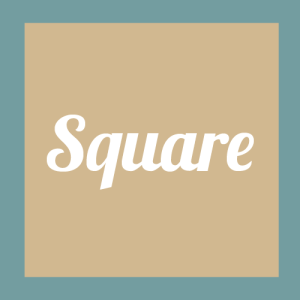 Square
Square
The Face Shape: A square face, like the circle or oval, has a lot of symmetry. What defines a square face is the angles. Rather than smooth edges and curves, a square face is more angular with straighter lines. It has a squared forehead and jaw.
The Glasses: The opposite of the circular face, a square face should wear round glasses. Square and angular frames will accentuate the angles of the face too much, making it appear more square. Softer frames can make the face appear softer. Choosing wider frames can help counteract the wideness of a square face.
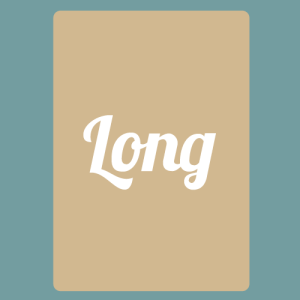 Long
Long
The Face Shape: A long face shape is very similar to the oval face shape. It has symmetry in width throughout the face, and the length exceeds the width. The difference between long and oval is the length; length is nearly double the width in a long face. Long face shapes will commonly have a longer nose.
The Glasses: Longer frames, such as aviators, are ideal for long faces. In choosing frames for a long face shape, the idea is to create the illusion that the face is shorter than it is. Selecting glasses with a lower bridge can help the middle of the face, particularly the nose, appear shorter.
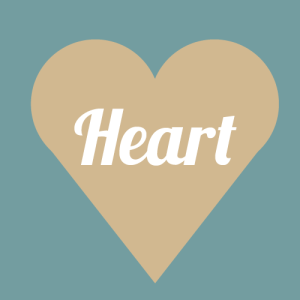 Heart
Heart
The Face Shape: A heart shaped face is identified by its narrow chin. It has equal width between the cheeks and forehead, but tapers at the jaw.
The Glasses: To create balance, heart shaped faces need glasses with weight at the bottom. Choose frames that are wider than the forehead and have thicker bottom rims. Avoid frames that are top heavy or overly decorative.
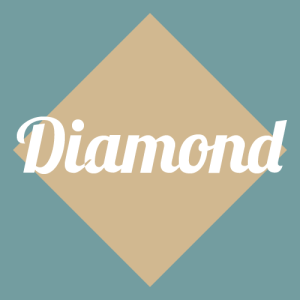 Diamond
Diamond
The Face Shape: Diamond face shapes are widest at the cheek bones. The forehead and jaw are typically the same width, but do not need to be symmetrical.
The Glasses: Top heavy frames are best for diamond shaped faces. Thin or rimless frames should be avoided. Thicker frames that are heaviest at the browline will add balance to a diamond face, smoothing out the angles at the cheekbones.
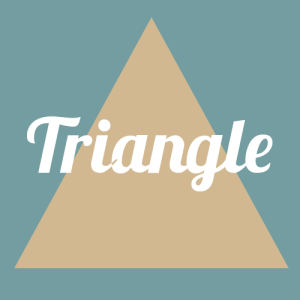 Triangle
Triangle
The Face Shape: Also known as pear shaped, the triangle face shape is heaviest at the bottom. The jaw has the widest width, while the cheeks and forehead are smaller. The forehead may be smaller or symmetrical to the cheekbones.
The Glasses: Pear shaped faces need volume on top. Frames that are heavy at the browline, with thicker tops and possibly unrimmed bottoms are ideal. Shorter glasses that hit at or above the cheek bones with help balance the face. Avoid smaller frames.
Some faces may not perfectly fit one face shape. If a face shape is a mix of more than one of the basic shapes, choose the one that best fits for a guideline or follow the guidelines for both shapes.
